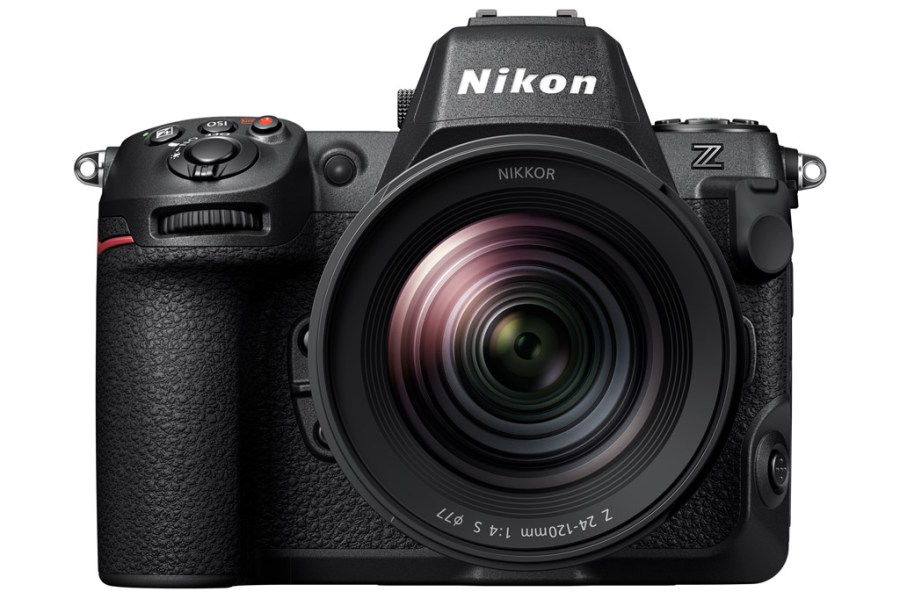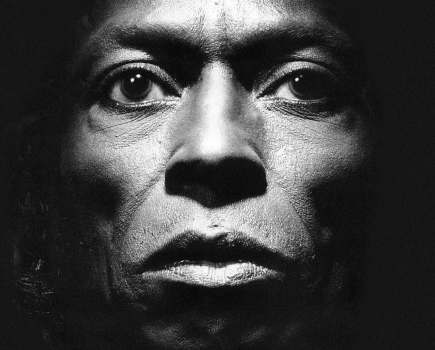Following the recent release of the Nikon Z8, the company’s smallest mirrorless camera with a full-frame stacked CMOS sensor, AP editor Nigel Atherton met up with a senior executive to get more insight into the new release, and what differentiates it from the flagship Z9.
Speaking to Nigel was Keiji Oishi, Department Manager, UX Planning, Imaging Business Unit. Don’t forget to check out our full review of the Nikon Z9 and our comparison of the Nikon Z8 and Z9.

Nikon’s Keiji Oishi (left) with AP editor, Nigel Atherton, at Photo London
What were the main challenges in getting the Nikon Z9 technology to fit into the Nikon Z8?
Our development goal for the Z8 was to keep the size as close to the D850 as we could, while sacrificing as little of the Z9’s functionality as possible. This was quite a challenge, in all areas. The Z9’s battery is stored in the vertical grip, but with the Z8, we removed the battery grip altogether.
We switched to the smaller EN EL 15 battery, which has a much smaller capacity than the EN EL 18 used with the Z9. So we designed the circuitry to save more power, in order to compensate for this.
As a result, the Z8 offers similar performance to the Z9 but with the smaller battery. In addition, we have significantly rebuilt all the components of the hardware, including the body material, in order to better dissipate the heat generated by the sensor, which was one of the biggest issues.
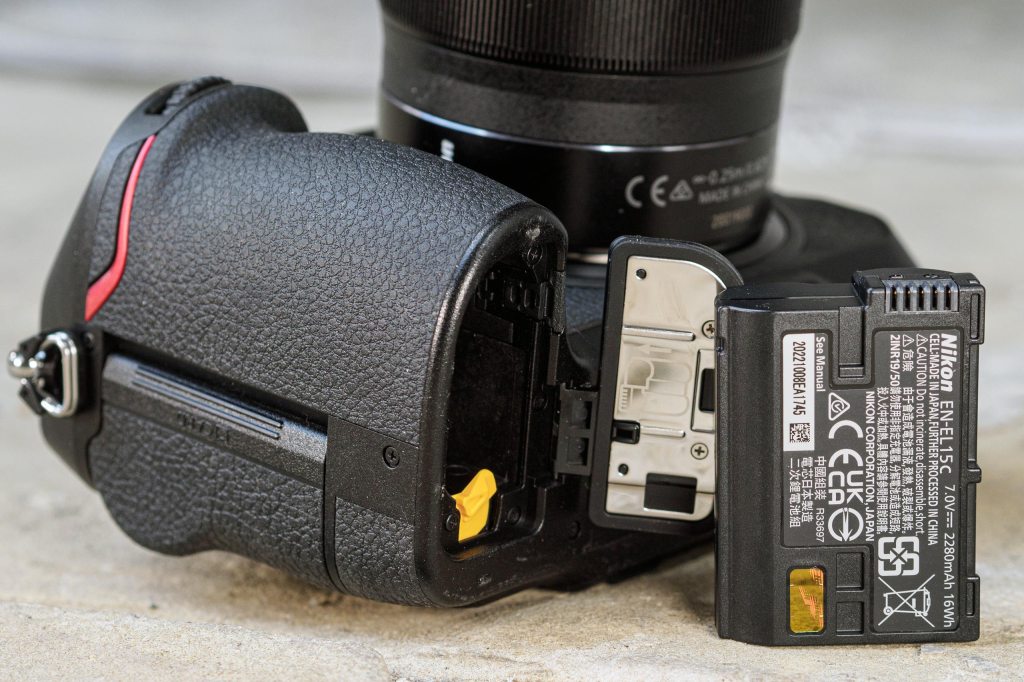
The Z8’s smaller size necessitates a smaller battery, and therefore reduced stamina. Credit: Andy Westlake
The vibration reduction has also been redesigned to make it smaller, while maintaining the same performance. The Z8 is not a camera that sacrifices the specifications in pursuit of compactness and light weight, however. It is built to offer the best balance, while retaining the features for which the Z9 is so highly regarded.
Do you see the Nikon Z8 as being more for traditional photographers, or video?
The Nikon Z8 is designed for the customer who shoots both still image and videos. As it’s smaller and lighter than the Z9, it is more suitable for situations that require more portability, such as landscape and wildlife photography, and wedding photography, where mobility is one of the biggest priorities. The Z8 is also a camera that meets video needs, as it’s highly compatible with cages, gimbals and drones.
Year-by-year, the demand for video is getting bigger, and the Z8 will satisfy this demand better than the Z9. Because of its size because it has more compatibility with gimbals and drones.
The Z8 and Z9 don’t have a mechanical shutter. Do you think all cameras will be made this way eventually?
The shutter mechanism used in the Z8 is combined with a stacked sensor that can read out the image with a very high speed, in a similar way to what we already have in the Z9.
As a result, we have achieved a system that eliminates the problem of rolling shutter distortion, something which usually isn’t an issue with mechanical shutters. For future models we will decide whether to use mechanical shutters according to each target customer’s needs and expectations.
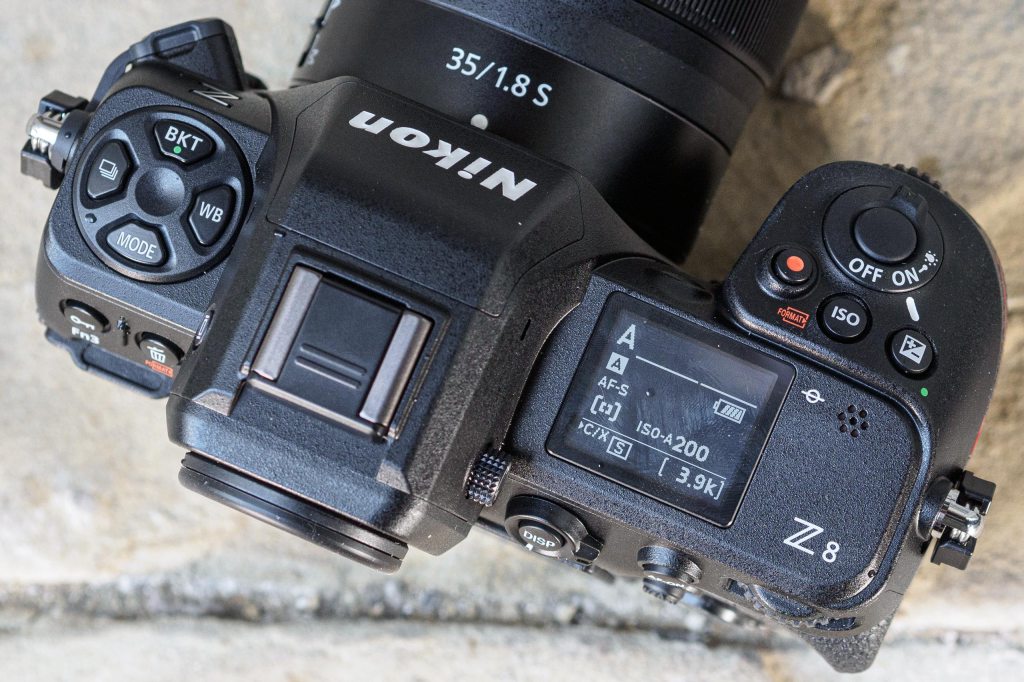
Aside from a repositioned flash button, top-plate controls match the Z9. Credit: Andy Westlake
Why would anyone now buy the Z9 if the Nikon Z8 does essentially all the same things?
The Z9 is still the first choice for the high-end user, where failure is not acceptable and reliability is crucial. It offers greater durability, high volume stills shooting and greater video recording times, as required of a flagship model. And there is still a lot of demand for these capabilities.
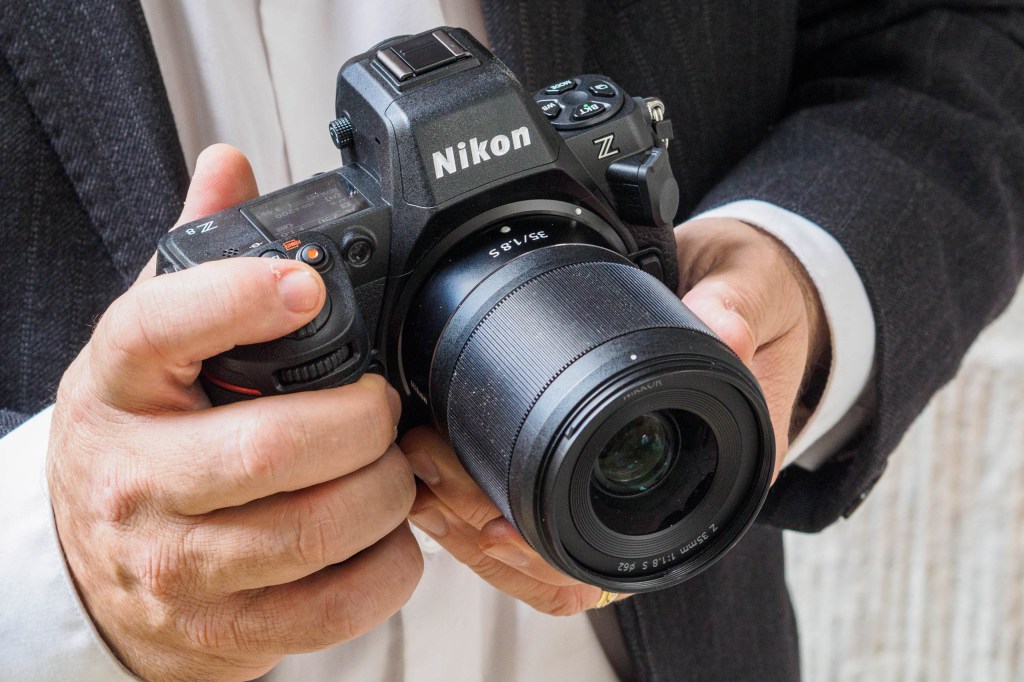
Nikon’s new Z8 is effectively a smaller, less expensive version of the Z9. Credit: Andy Westlake
Do you think the Nikon Z8 is the best camera that the company has ever made?
Well, the Nikon Z8 has the same performance as our flagship Z9 in a compact and lightweight body, making it a model that meets a wider range of shooting needs.
4K versus 8K – what percentage of videographers shoot 8K, do you think?
It’s very difficult to give a specific percentage, but we feel that the number of customers shooting in 8K is increasing year by year. Although there are still not many customers who enjoy pure 8K video itself, we believe that there is a still a need to keep the resolution as high as possible and get the best results when editing.
So after shooting in 8K they will have the option to downgrade to 4K, by zooming in and cropping. In addition, there’s also the ability to grab still images from the video. So for these reasons, people are choosing to shoot in 8K.
When trying to attract a video audience, a challenge for Nikon is the lack of dedicated video lenses. There are a lot of companies, such as Sigma, making dedicated CINE lenses and it wouldn’t take Nikon a very long time to create it’s own range of CINE lenses…
There are currently no specific lenses for shooting movies in the range right now, but the Nikon Z line-up has many lenses that have a very good feature-set for video. We are looking at the possibility of introducing video-specific lenses, based on market needs, and currently studying this area.
The Z-mount is not open to people to using third-party lenses – are there any plans to open up the mount so that videographers can use CINE lenses?
While not specifically about video lenses, through the Z mount licence agreement with specific specialised lens partners, we’ve expanded customer choice by including unique lenses from each company with different features than those currently offered by Nikon. So now we have a line-up that allows the customer to enjoy the Z mount system even more.
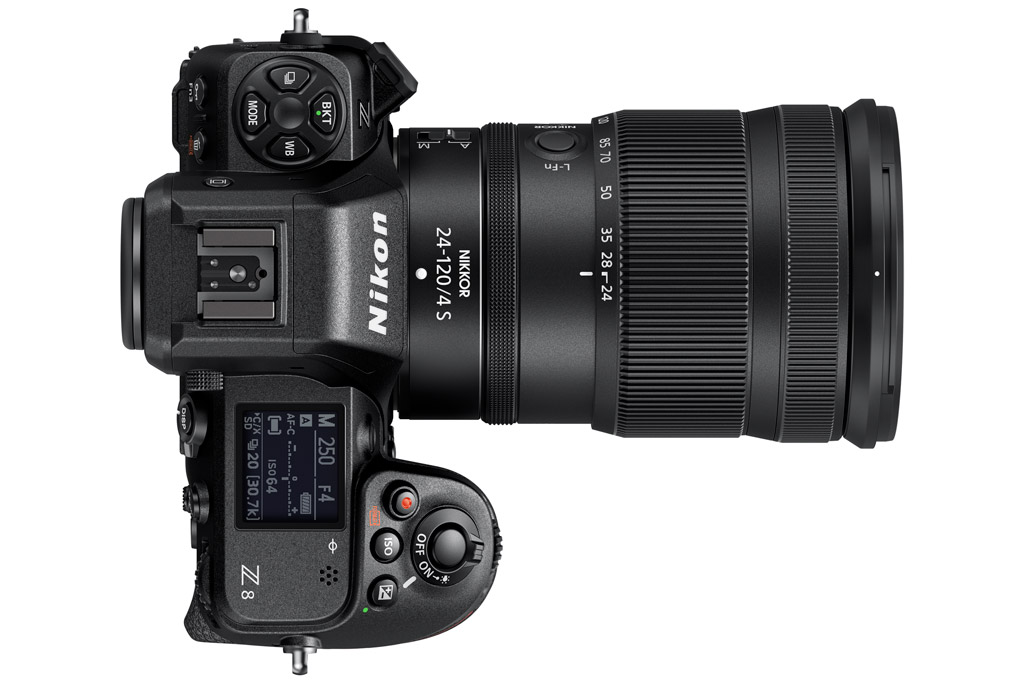
Nikon Z8 top view. Credit: Nikon
We know that one of the reasons people choose Sony is because the huge range of lenses, including all the third-party ones. Is Nikon going to open the mount-licensing agreement to more partners?
But we don’t just have our Z mount lenses. With the mount adapter, customers can use our current F mount and previous F mount lenses as well, and our older F mount lenses are widely appreciated for shooting movies. They are not AF, but they have a good reputation for their visual qualities. So between our current Z system, our F mount lenses and the third party options, customers already have a wide range of options.
So just clarify on what third-party lens makers are allowed to make for Z mount. Could a company like Tamron or Sigma just make any of the lenses they currently have in Z mount? Or do you only approve particular types?
We are looking at how our line-up can be spread out. We work with our third-party lens manufacturer partners to create a best solution for the customer. This is our current position.
Further reading

